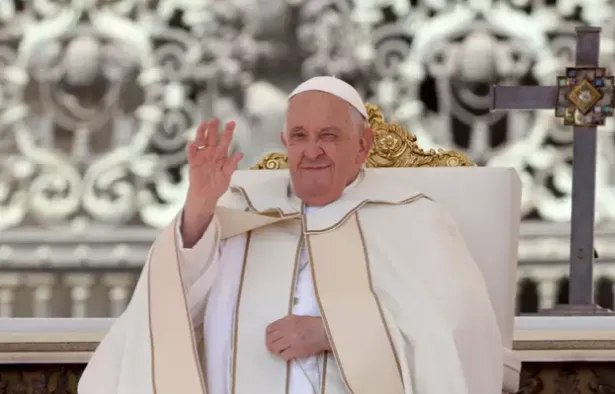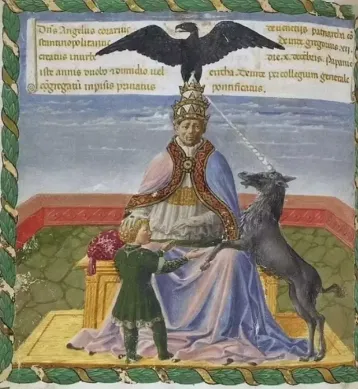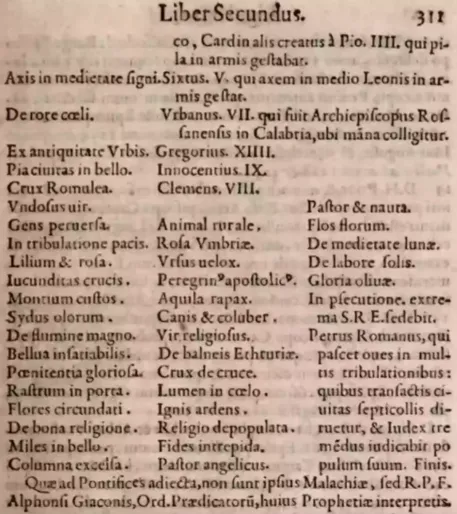The Prophecy of the Popes, a nearly 1000-year-old Vatican text, claims that the world will come to an end in 2027.
What is the prophecy of the popes?
The Prophecy of the Popes is attributed to Saint Malachy, an Irish saint from the 12th century.
The text lists 112 popes, beginning with Pope Celestine II in 1143 and ending with the next pope, who is believed to be the last.
According to the prophecy, the world will end shortly after the reign of the final pope.

Peter the roman: the last pope
The prophecy describes “Peter the Roman” as the final pope. The text states that after his reign, Rome—the “seven-hilled city”—will be destroyed, followed by Judgment Day.
The final pope is said to lead the faithful through many tribulations before the end of the world.

Skepticism surrounding the prophecy
Despite its chilling predictions, many scholars dismiss the prophecy as a forgery.
It was “discovered” by Benedictine monk Arnold Wion in 1595, but experts believe Wion himself may have written it in the 16th century for political reasons.
This raises questions about the authenticity of the text.

Historical links and modern interpretations
Some parts of the prophecy seem to match historical events. For instance, the 111th pope, Pope Benedict, was linked to the phrase “Gloria Olivae” (“Glory to the olive”), because of the Benedictine Order.
Additionally, the prophecy mentioned an “eclipse of the sun” that coincided with Pope John Paul II’s papacy.
However, most scholars view the prophecy as a political creation rather than a genuine prediction.
Should we fear the 2027 prophecy?
While the Prophecy of the Popes has captivated many, it’s essential to approach it with caution.
The prediction of the world ending in 2027 is unsettling, but we cannot truly know when the end will come.
Biblical teachings, such as Matthew 24:36, remind us that only God knows the exact day of Judgment.